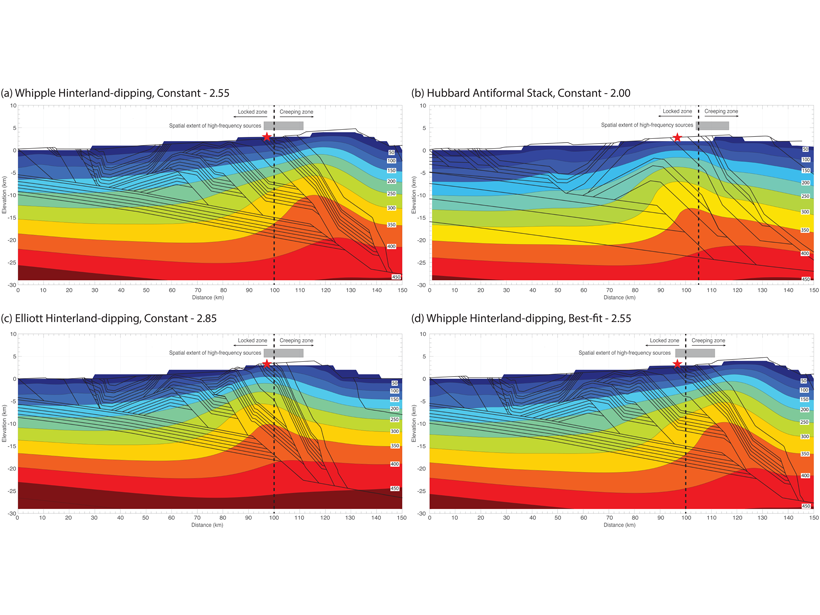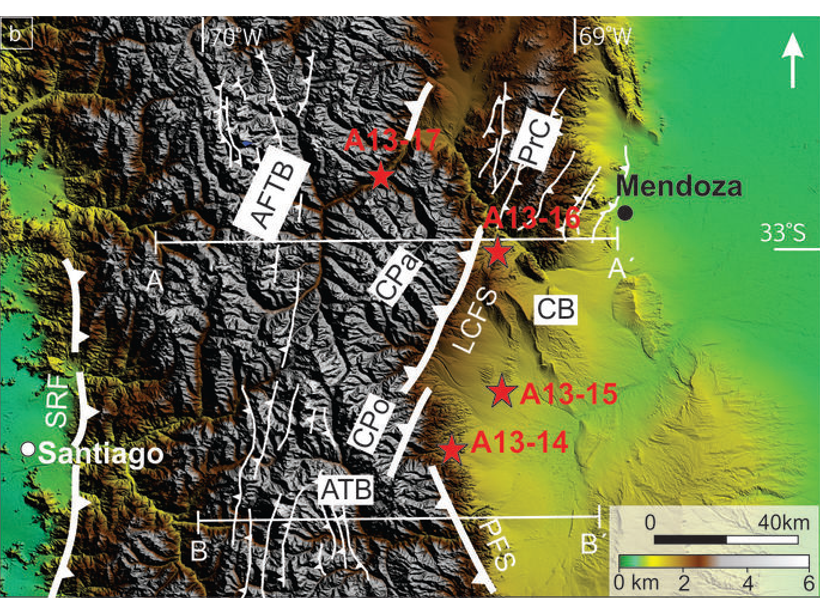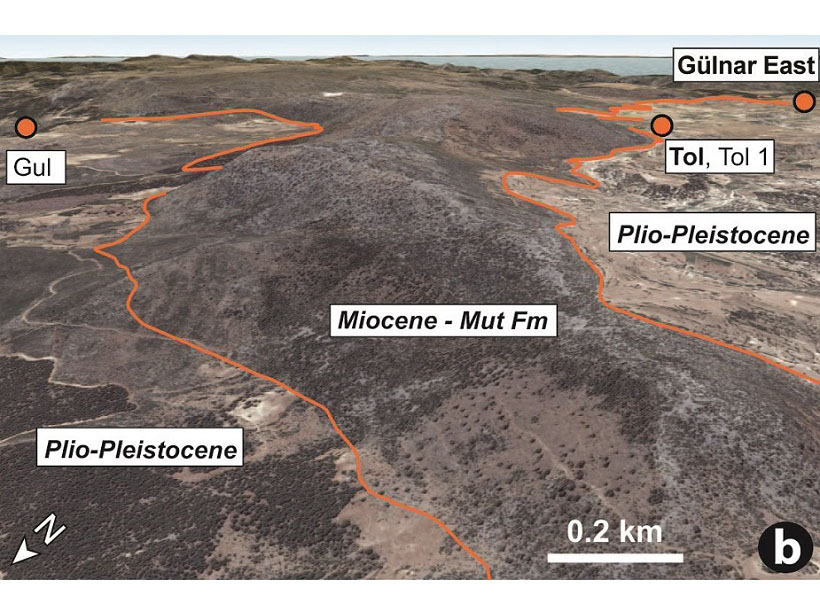A new study that combines constraints from the 2015 Gorkha earthquake, forward models of deforming crust, and thermochronology data gives new insights into the structure of the Himalaya.
T. Schildgen
Editor, Tectonics
Posted inEditors' Highlights
What Controlled the Growth of the Southern Central Andes?
Flat-slab subduction appears to have played a minor role in the growth of the Southern Central Andes, with evidence for eastward migrating deformation.
Posted inEditors' Vox
Editorial Handover at Tectonics
The outgoing and incoming Editors in Chief of Tectonics reflect on recent years of growth and expansion in the journal while they ponder and plan for the challenges ahead.
Posted inEditors' Highlights
Tracking Deep-Earth Processes from Rapid Topographic Changes
Rapid elevation-rise in Turkey, tracked by marine sediments that now sit at 1.5 km in elevation, is linked to deep-Earth processes that can explain short-lived, extreme rates of topographic change.




